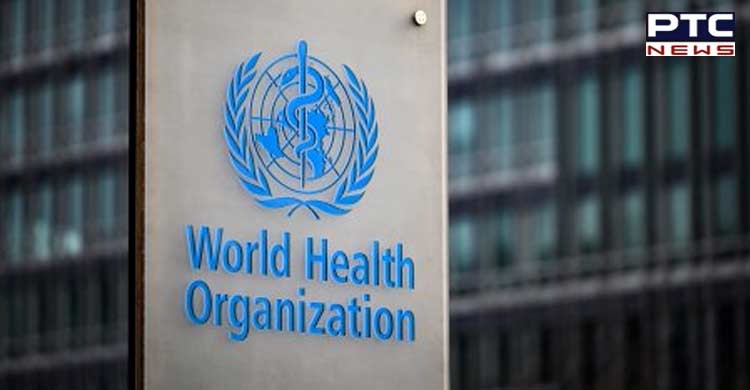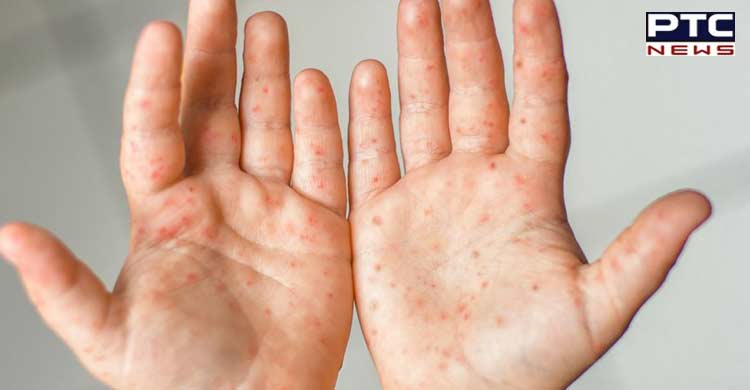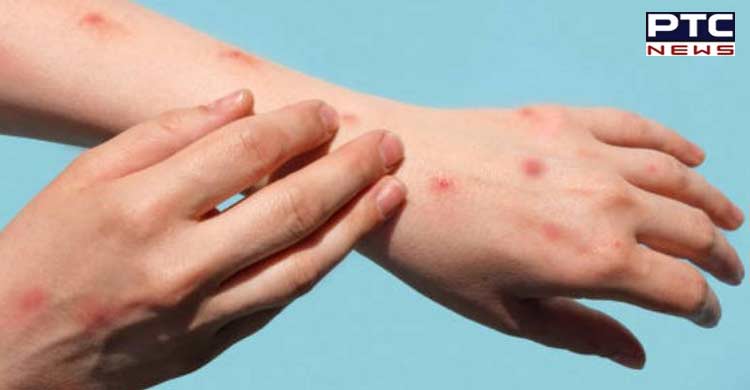Geneva (Switzerland), August 18: Vaccines against monkeypox are not 100% effective, so people must reduce their own risks of infection, said WHO technical lead Rosamund Lewis.
 This comes as more than 35,000 cases of monkeypox have been reported in more than 92 countries, with the disease responsible for 12 deaths. During a media briefing, Lewis stated that WHO is "not expecting a 100% efficacy" for these vaccines for monkeypox prevention.
"We don't have the exact information ... it reminds us that vaccine is not a silver bullet? That every person who feels that they are at risk and appreciates the level of risk and wishes to lower their risk have many interventions at their disposal, which includes vaccination where available, but also includes protection from activities, where they may be at risk," she stated.
This comes as more than 35,000 cases of monkeypox have been reported in more than 92 countries, with the disease responsible for 12 deaths. During a media briefing, Lewis stated that WHO is "not expecting a 100% efficacy" for these vaccines for monkeypox prevention.
"We don't have the exact information ... it reminds us that vaccine is not a silver bullet? That every person who feels that they are at risk and appreciates the level of risk and wishes to lower their risk have many interventions at their disposal, which includes vaccination where available, but also includes protection from activities, where they may be at risk," she stated.
 According to WHO Director-General Tedros Adhanom Ghebreyesus, nearly 7,500 cases were reported last week, a 20% increase from the previous week.
The WHO director also stated that the majority of monkeypox cases have been reported in Europe and the Americas - among men who have sex with men.
Also Read | Punjab cop, his accomplice held for 'planting' bomb under Amritsar's SI's car
"More than 35,000 cases of monkeypox have now been reported to WHO, from 92 countries and territories, with 12 deaths. Almost 7,500 cases were reported last week, a 20 per cent increase over the previous week, which was also 20 per cent more than the week before," he added.
According to WHO Director-General Tedros Adhanom Ghebreyesus, nearly 7,500 cases were reported last week, a 20% increase from the previous week.
The WHO director also stated that the majority of monkeypox cases have been reported in Europe and the Americas - among men who have sex with men.
Also Read | Punjab cop, his accomplice held for 'planting' bomb under Amritsar's SI's car
"More than 35,000 cases of monkeypox have now been reported to WHO, from 92 countries and territories, with 12 deaths. Almost 7,500 cases were reported last week, a 20 per cent increase over the previous week, which was also 20 per cent more than the week before," he added.
 Tedros declared the global monkeypox outbreak a public health emergency of international concern in July.
Without treatment, most people recover from monkeypox within a few weeks. The symptoms are flu-like at first, with fever, chills, and swollen lymph nodes, followed by a widespread rash. According to the WHO, the disease can be more severe in young children, pregnant women, and immunocompromised people.
Tedros declared the global monkeypox outbreak a public health emergency of international concern in July.
Without treatment, most people recover from monkeypox within a few weeks. The symptoms are flu-like at first, with fever, chills, and swollen lymph nodes, followed by a widespread rash. According to the WHO, the disease can be more severe in young children, pregnant women, and immunocompromised people.
 The monkeypox virus is difficult to transmit and is usually spread through close physical contact, including sexual contact, with an infected individual.
The virus can enter the body via broken skin, the respiratory tract, the eyes, nose, and mouth, as well as bodily fluids.
Also Read | Delhi CM launches 'Make India No.1' mission
-PTC News
The monkeypox virus is difficult to transmit and is usually spread through close physical contact, including sexual contact, with an infected individual.
The virus can enter the body via broken skin, the respiratory tract, the eyes, nose, and mouth, as well as bodily fluids.
Also Read | Delhi CM launches 'Make India No.1' mission
-PTC News